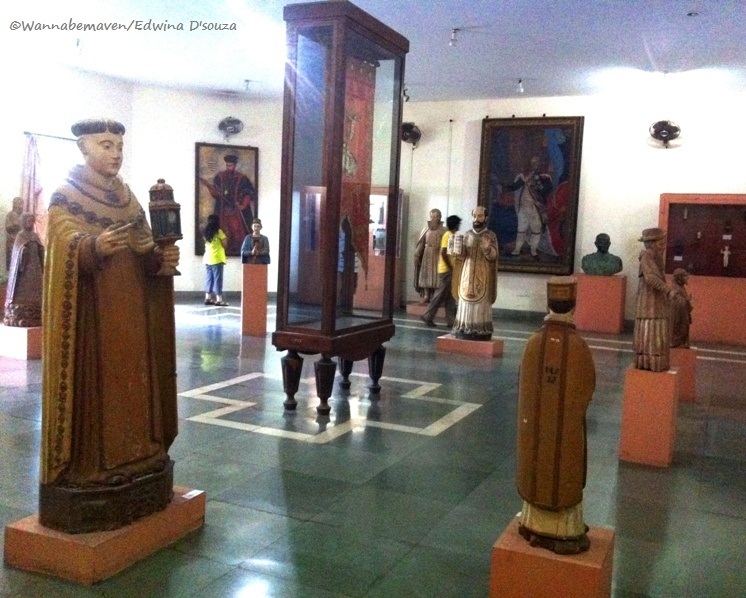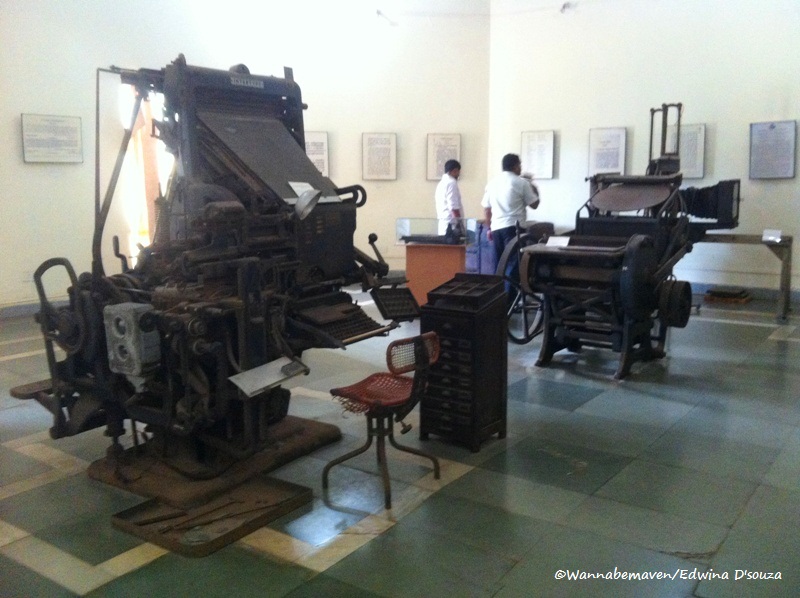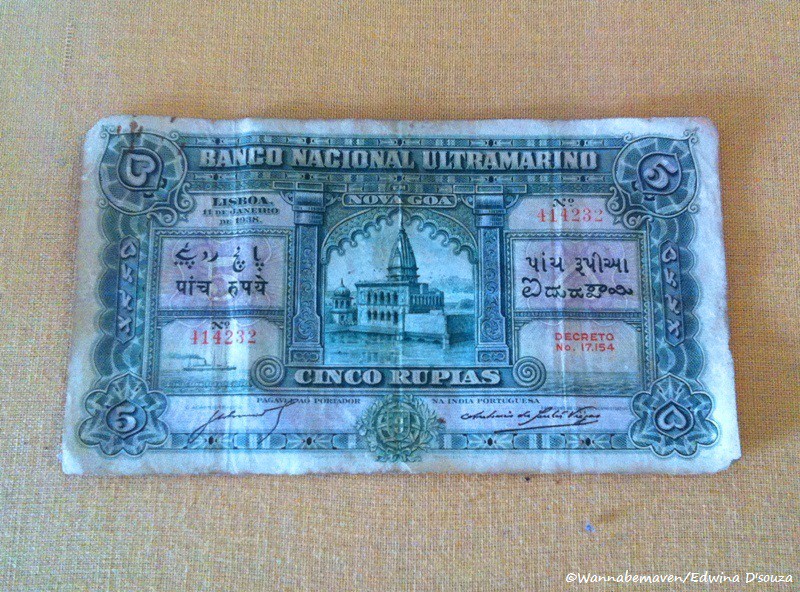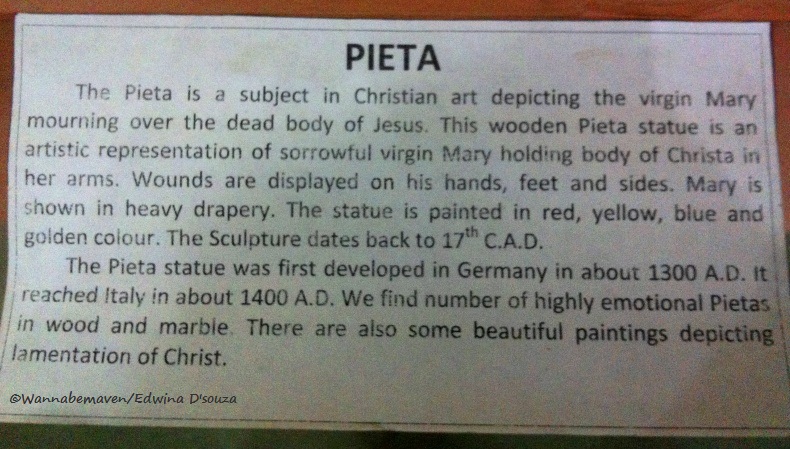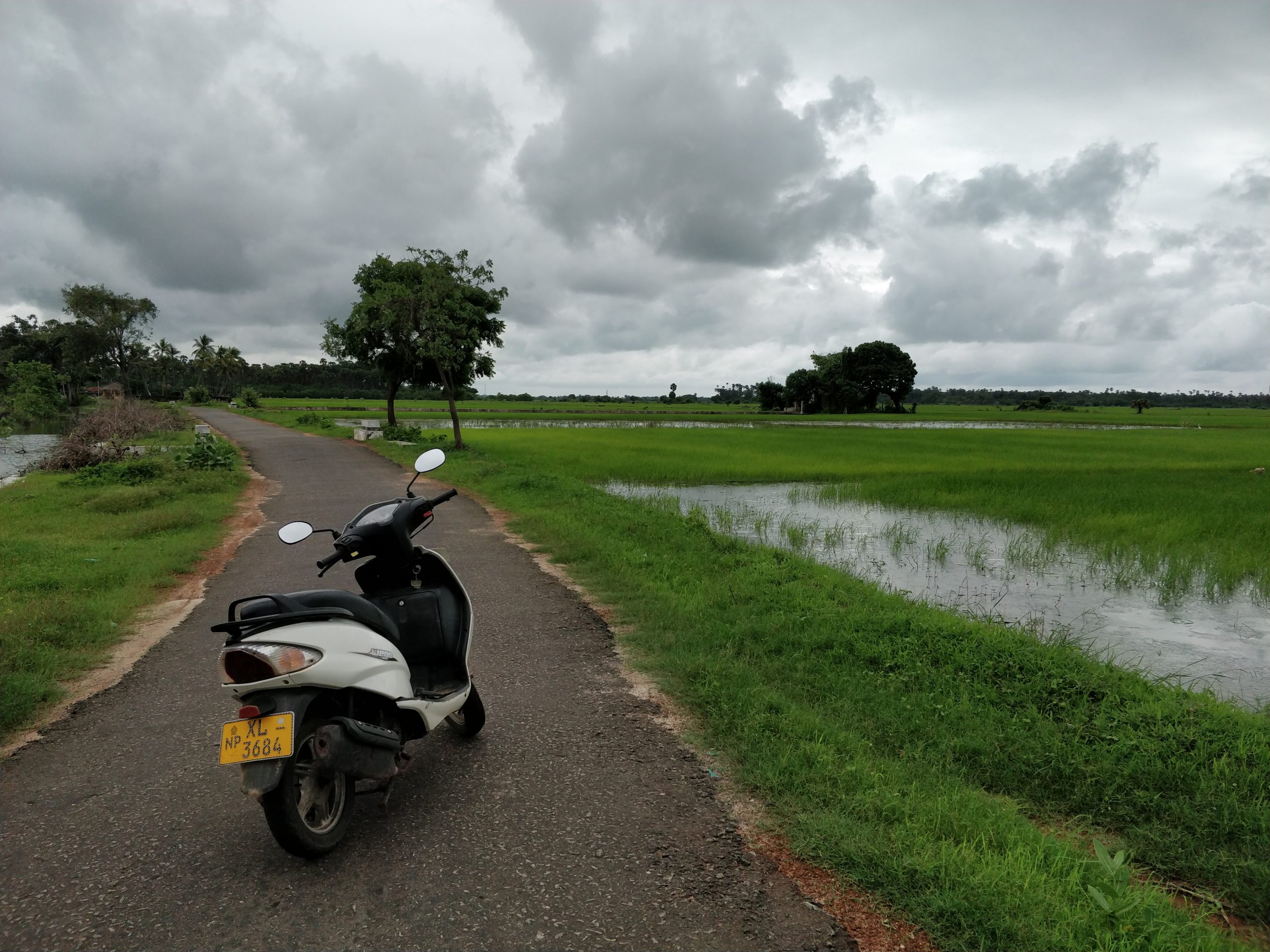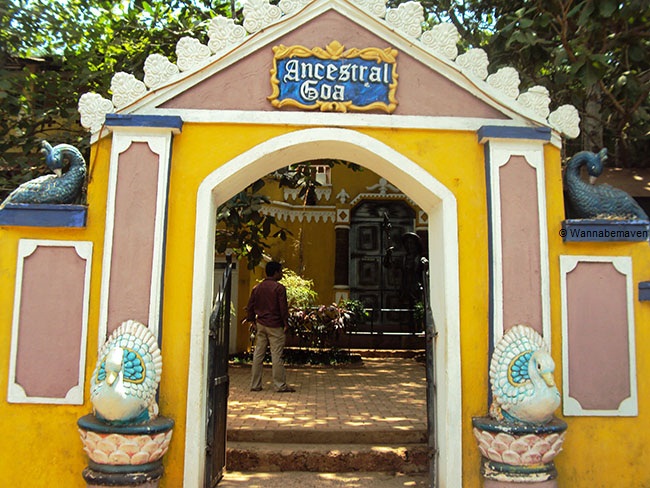I am going to admit, I am a museum person. Getting to know culture, history, civilizations by strolling through exhibits, listening to audio guides and leafing brochures fascinates me. I also believe museums say a lot about a city or state; and hence it is imperative to have city and state museums. Considerable efforts should be drawn by every state or central government to preserve and/or restore artifacts, relics, galleries, cultural anthropology, et al. and throw open these museums to public for gainful insights.
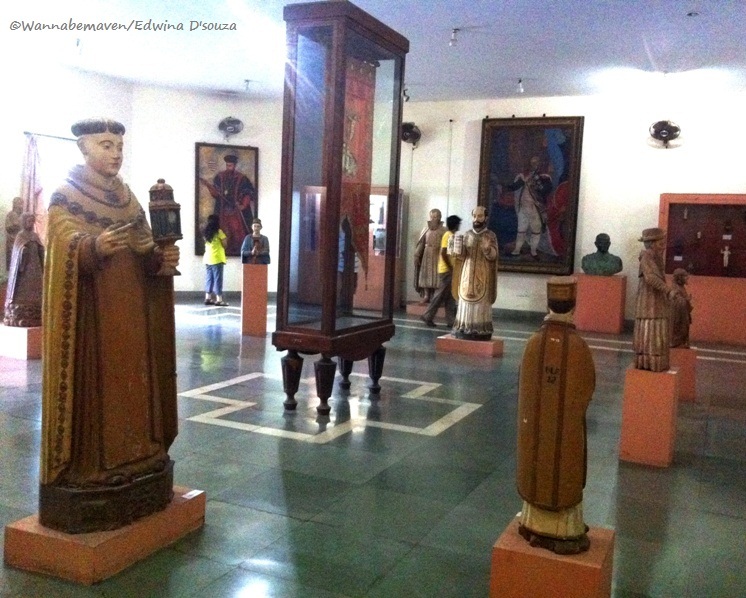 The Christian Art Gallery at the Goa State Museum
The Christian Art Gallery at the Goa State Museum
Last month, in what could be my 3rd vacation escape in 2014 from my corporate job, I went back to Goa and finally visited the Goa State Museum. A visit to this museum was long overdue considering I’m a Goenkar myself. But don’t blame me for prolonging this visit, as I was unaware about this museum until recently. Museums are never really talked about in Goa, better known for the countless beaches dotting its coastline.
The Goa State Museum has been around for a while. It was set up on a small scale at St. Inez in the heart of capital city – Panjim in 1977. As the museum expanded its collection, it moved to its present location in Patto on the outskirts of Panjim. The museum complex in Patto was inaugurated by then President of India in 1996. Goa State Museum has a neighbor in the Goa State Central Library – a structure equally captivating in size.
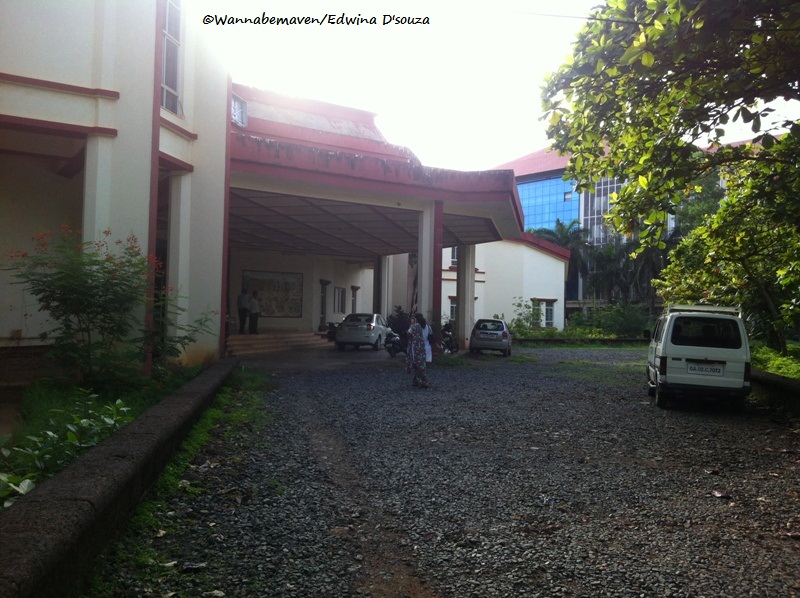
Arriving post lunch, the state museum officials looked at me in utter surprise as if I was their first visitor for the day. On first impressions, one does get the feeling that the museum is barely visited. The official informed that entrance was free of charge and I had to deposit my bag in their locker. I followed his instructions dutifully and went on to explore the museum with the brochure the official had handed me at the entrance.
Interiors of this museum are extremely modest with not an ounce of extravagance. The two storey structure is divided into 12 exhibit sections that throw light on Goan Culture, History of Printing in Goa, Goa Freedom Struggle, Geology, Furniture Gallery, Sculpture Gallery, Christian Art, Numismatics, Environment and Development, Natural History, Religious Expressions, etc.
Goa was the first to introduce the printing press not only in India but the whole of Asia. The Printing press was brought to Goa by the Portuguese in the year 1556 A.D. It was only fair then to have a section inside the museum dedicated to ‘The History of Printing in Goa’. A copy of the 1st Gazette after Goa Liberation is also part of the exhibit.
Portuguese coinage and currency notes during their rule in Goa is on display at the Numismatics Gallery
The Instrument of Surrender signed between Manuel António Vassalo e Silva to Kunhiraman Palat Kandeth officially denoting Goa’s Liberation from Portuguese Rule on 19th December 1961. This was on display at the Goa Freedom Struggle Gallery.
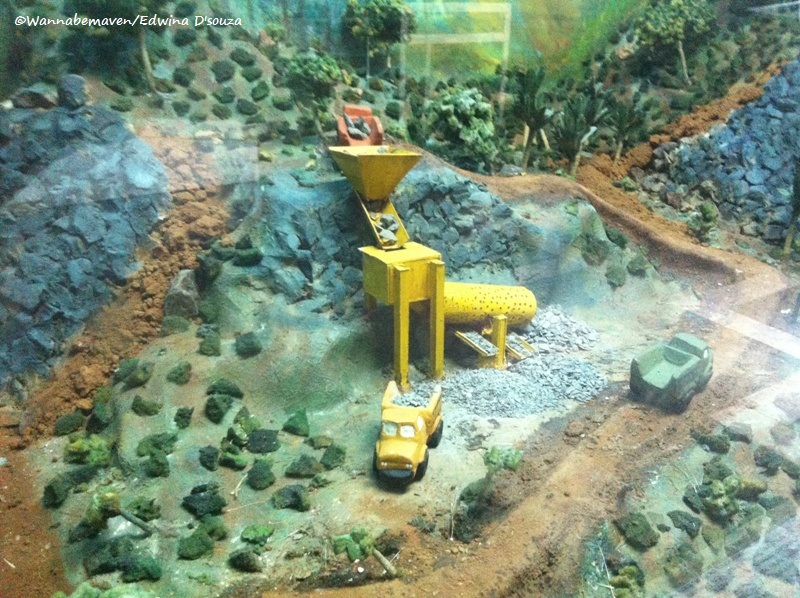 Dioramas depicting metal quarrying and mining of Iron ore. Goa’s rich iron ore reserves are of export quality. The section also displays other rocks and fossil reserves conducive to Goa topography.
Dioramas depicting metal quarrying and mining of Iron ore. Goa’s rich iron ore reserves are of export quality. The section also displays other rocks and fossil reserves conducive to Goa topography.
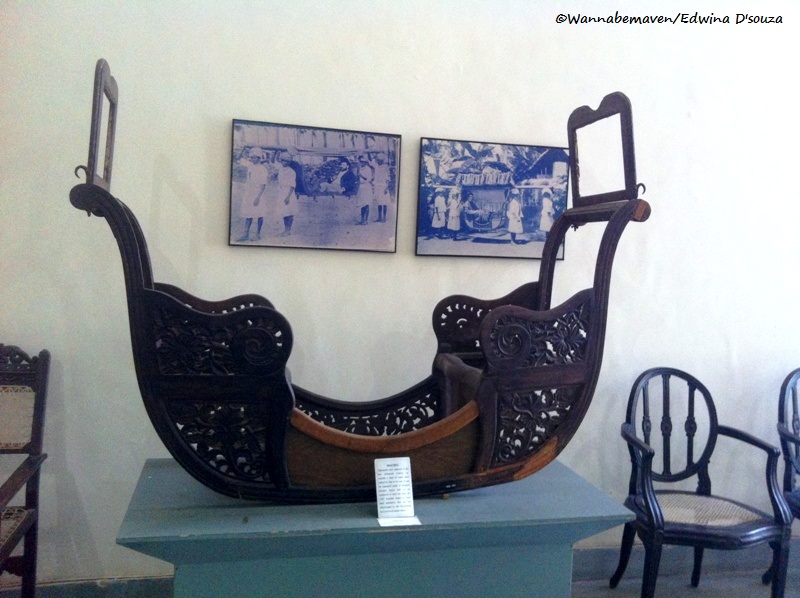 A Palanquin like transport vehicle called ‘Machul’ used during the Portuguese regime – On display at the Furniture Gallery
A Palanquin like transport vehicle called ‘Machul’ used during the Portuguese regime – On display at the Furniture Gallery
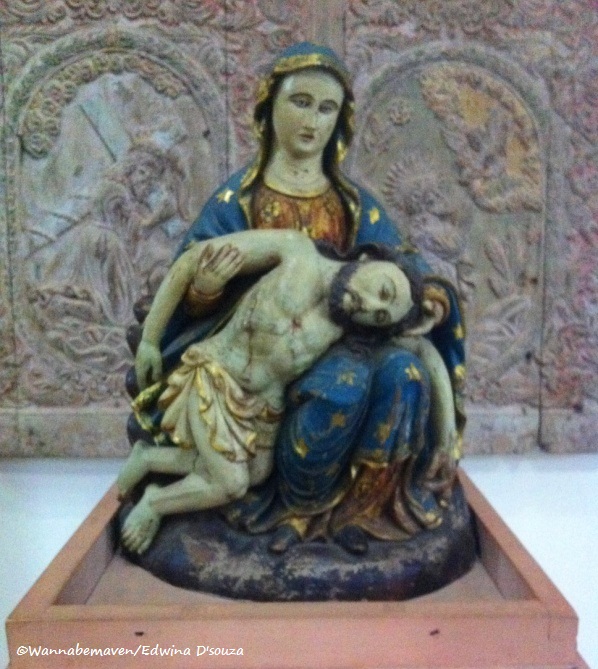 Pieta – A type of Christian Art depicting Mother Mary mourning over the dead body of Jesus Christ. Here is the complete description…..
Pieta – A type of Christian Art depicting Mother Mary mourning over the dead body of Jesus Christ. Here is the complete description…..
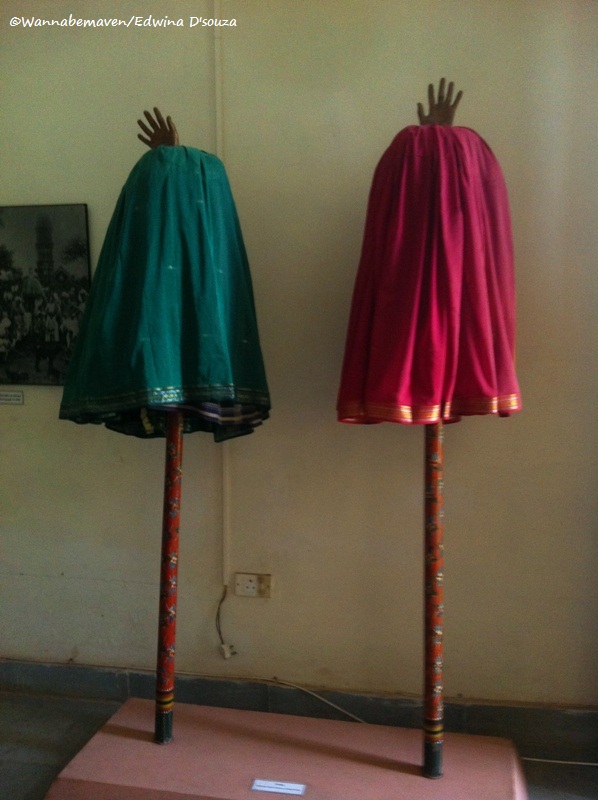 Tarangs – Traditional umbrellas used during large processions in villages. This can be seen at the Religious Expressions of Goa Gallery
Tarangs – Traditional umbrellas used during large processions in villages. This can be seen at the Religious Expressions of Goa Gallery
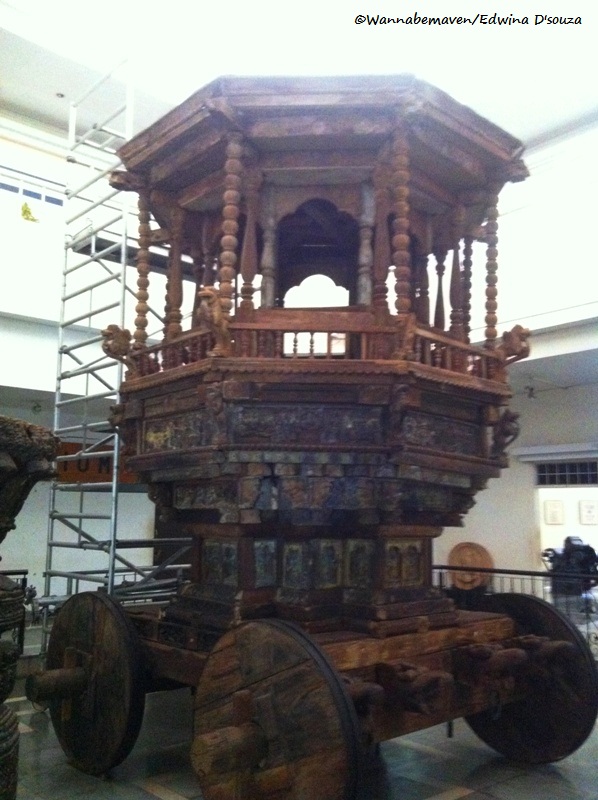 A huge Rath (Wooden Chariot) inside the Goa State Museum that was brought from the Chandreshwar Temple in North Goa. A good example of Goan craftsmanship
A huge Rath (Wooden Chariot) inside the Goa State Museum that was brought from the Chandreshwar Temple in North Goa. A good example of Goan craftsmanship
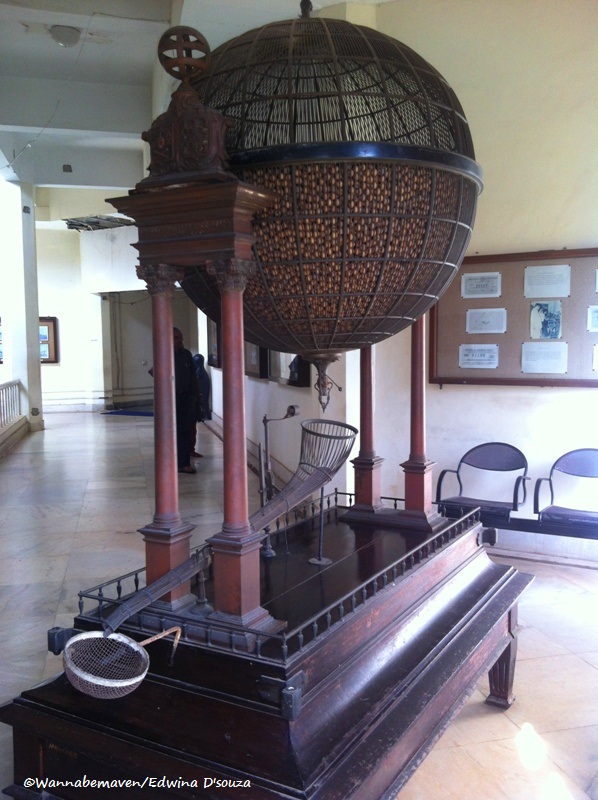 A Lottery Draw Machine used by the Portuguese. They sure did things in style! There were two such lottery machine exhibits in the passageway on the First level
A Lottery Draw Machine used by the Portuguese. They sure did things in style! There were two such lottery machine exhibits in the passageway on the First level
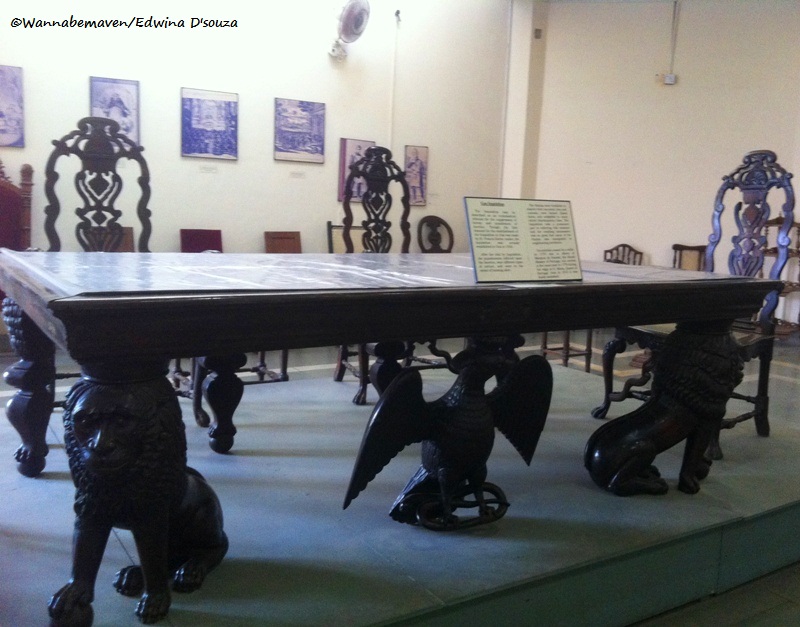 The Infamous Table of Goa-Inquisition in Portuguese, India. The Goa-Inquisition was established in 1561 to punish severely those new converts (Rice Christians) who converted to Christianity merely for material gains and were secretly still practicing their original religion.
The Infamous Table of Goa-Inquisition in Portuguese, India. The Goa-Inquisition was established in 1561 to punish severely those new converts (Rice Christians) who converted to Christianity merely for material gains and were secretly still practicing their original religion.
The categorization of these exhibits, especially, appealed to me, providing a good balance of information. Most of the exhibits also succeed in its purpose to provide gainful insights into Goa’s past. The highlight, undoubtedly, is the “Table of Goa-Inquisition”, apart from the Christian Art Gallery which I personally liked.
There are some exhibits that can quickly be skimmed while strolling like the Banerji Art Gallery. Also the Menezes Braganza Gallery mentioned on the brochure was closed for public at the time of my visit.
Overall, I am going to recommend the Goa State Museum if visiting Goa is on your cards. The museum is honest and straight forward in its intentions to exhibit and share substantial knowledge pertaining to Goa’s past (and also present to an extent).
Goa State Museum Address
EDC Complex, Patto, Panaji – Goa
Timings:
Monday – Saturday from 9:30 am to 5:30 pm
Closed on Sundays and Public holidays
***
Like what you read? Also check out…..
